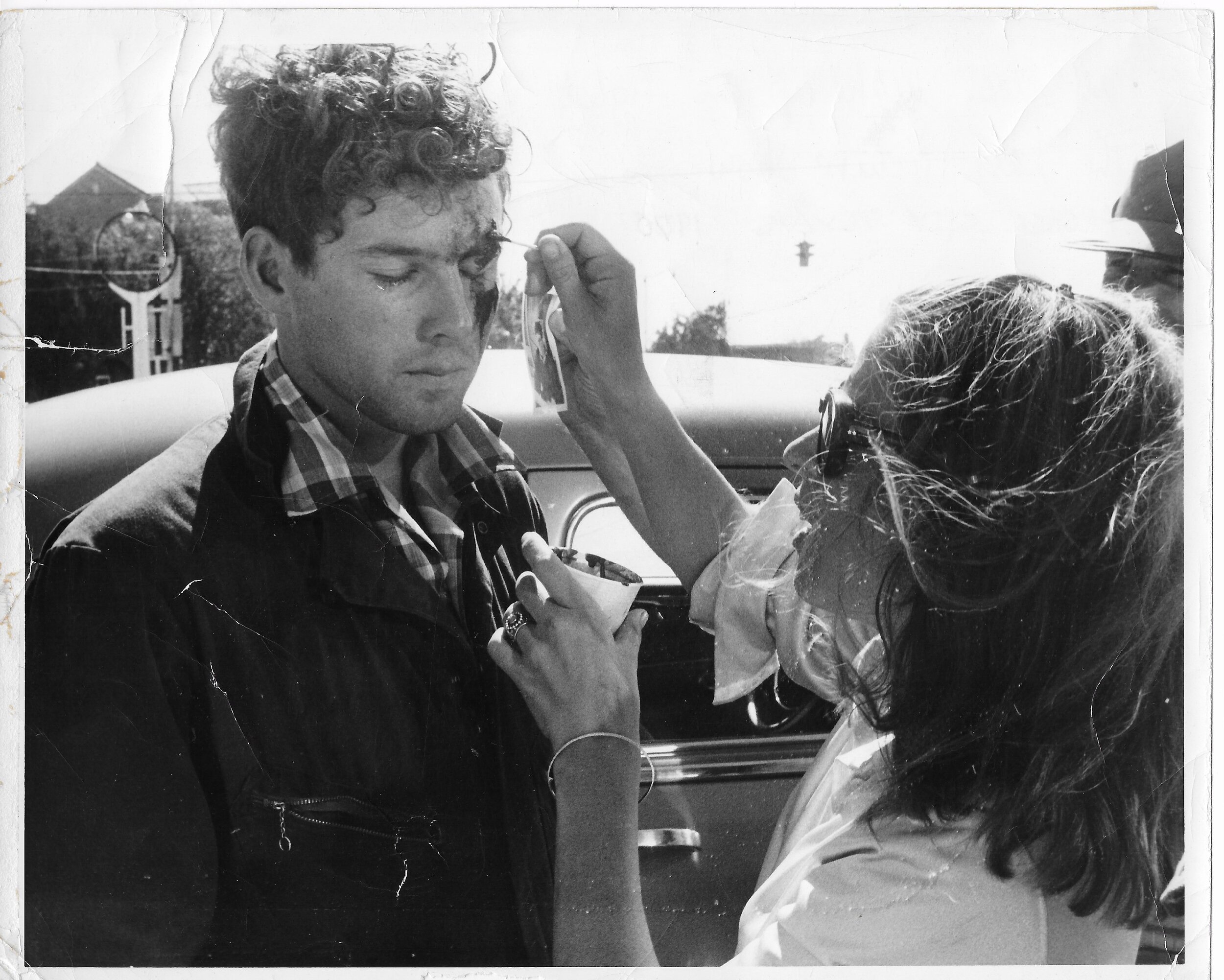Listen to this episode on Apple Podcasts.
At Polly’s urging, Peter decides to direct an adaptation of Larry McMurtry’s novel The Last Picture Show. Though credited only as the film’s “designer,” Polly is involved in every creative decision, including casting — and it’s with his pregnant-again wife’s enthusiasm that Bogdanovich casts 20-year-old model Cybill Shepherd as the film’s femme fatale. Though Polly believed she and Peter were “deliriously happy,” Bogdanovich and Shepherd fall in love on the set of the movie, and Polly has to make a decision: to save face and avoid personal humiliation by walking away from the production, or stay and fight for the creative baby that she feels ownership over.
SHOW NOTES:
Sources specific to this episode:
This season is based in large part on Polly Platt's unpublished memoir, It Was Worth It, excerpted with the permission of Sashy Bodganovich.
This episode includes excerpts from interviews with: Jules Fisher, Frank Marshall, Toby Rafelson, Nancy Griffin and Peggy Steffans.
Music:
The music used in this episode, with the exception of the intro, was sourced from royalty-free music libraries and licensed music collections. The intro includes a clip from the film Casablanca.
Excerpts from the following songs were used throughout the episode:
There’s A Special Place for Some People - Chris Zabriskie
Bella Roma - Nonemis
Mister Poke Man - Peter Rockwell, Asger Wilde, Moellehoej Larsen
A Dog with An Umbrella - Paul-Marie Jacques Bernard Barbier
A Walk in the Woods - Paul-Marie Jacques Bernard Barbier
Feel My Swagger - The New Fools
Organic Drums - Frederic Charles Sicart
The Eternal Scene - Rand Aldo
Land on the Golden Gate - Chris Zabriskie
Troubled Thoughts - Daryl Griffith
Glimmer - Hutch Demouilpied, Mix Amylo
Curious and Weird - Jean-Michel Vallet, Claire Guillot, Patrick Jean Chartol
Gobelin of Forest - Jean-Michel Vallet, Claire Guillot, Patrick Jean Chartol
Calm Waters - James Warburton
Open Window - Etienne Roussel
Credits:
This episode was written, narrated and produced by Karina Longworth.
Featuring special guests: Maggie Siff as the voice of Polly Platt, Bill Sage as Larry McMurtry and Meghann Lee as Cybill Shepherd.
Research and production assistant: Lindsey D. Schoenholtz.
Social media, transcription and additional research: Brendan Whalen.
Transcription and additional research: Kristen Sales and Wiley Wiggins
Producer: Tomeka Weatherspoon.
Editor: Brendan Byrnes
Audio engineers: Jared O'Connell, Andrea Kristins and Brendan Byrnes.
Supervising Producer: Josephine Martorana.
Executive Producer: Chris Bannon.
Logo design: Teddy Blanks.









